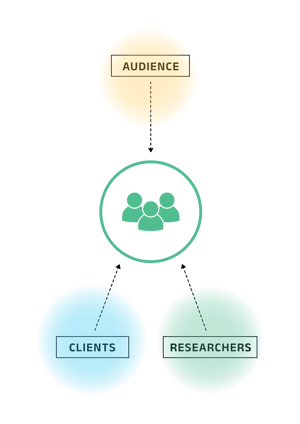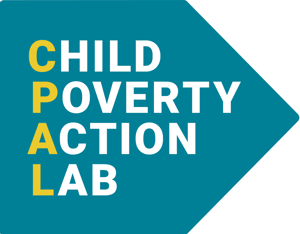
We keep it humanReveal your
audience's hidden preferences
People are at the center of everything we do
Our research is grounded in human experience, on every side of the process:
-
The audiences we study are real people. They bring their lived experiences, values, and preferences into every response. We design surveys that reflect how people actually think and make decisions.
-
The clients we serve are people making important calls about strategy, messaging, product, and brand. Our job is to give them the clarity and confidence they need to make the right move.
-
The team doing the work is made up of thoughtful researchers, statisticians, and social scientists. We ask the right questions, interpret complexity, and translate it into insights that matter.
We use automation and modeling where it helps, but we don’t outsource thinking. Empathy, judgment, and clarity are human skills, and they’re central to everything we do.

We take data quality personally
We’re just as much data scientists as we are social scientists. This means we apply equal rigor to ensuring the quality of the data we collect as we do to analyses. Our process toward defining acceptable data quality includes:
| Evaluating the level of precision Necessary to be confident in answering strategy questions informed by the data. Does the question require an ultra-precise point estimate, a relative measure of size, or a balanced approach? |
|
| Conducting a power analysis To identify the sample size needed to make generalizable conclusions about the audience(s)—especially if multiple audiences are going to be compared. |
|
| Evaluating feasibility of suitable sampling methods To ensure a sufficient number of cases can be collected to fulfill power analysis expectations. If not, propose an alternative sampling plan. |
|
| Evaluating the internal sampling and data quality control measures of our sample provider If a sample source cannot publicly explain (1) where respondents are sourced, (2) how they are validated, and (3) how they are sampled, then we will not source data from them. |
|
| Applying stringent data quality thresholds We remove low-quality responses due to inattention or incentive-seeking behaviors, including: (1) rushing, (2) straightlining, (3) bots, (4) contradictory response patterns, (5) failed attention checks. |
The Gradient difference

Getting it right is Todd Rose's top priority. Hear from the Co-Founder and CEO of Populace on how he views Gradient as an extension to his team to make that happen.

Hear from the former Executive Director at Oatly on why she keeps bringing in Gradient when she needs to transform a brand from the ground up using quant research.
Trusted by leading organizations










































